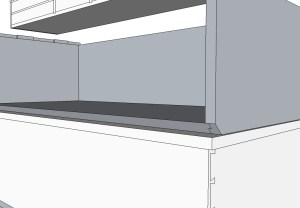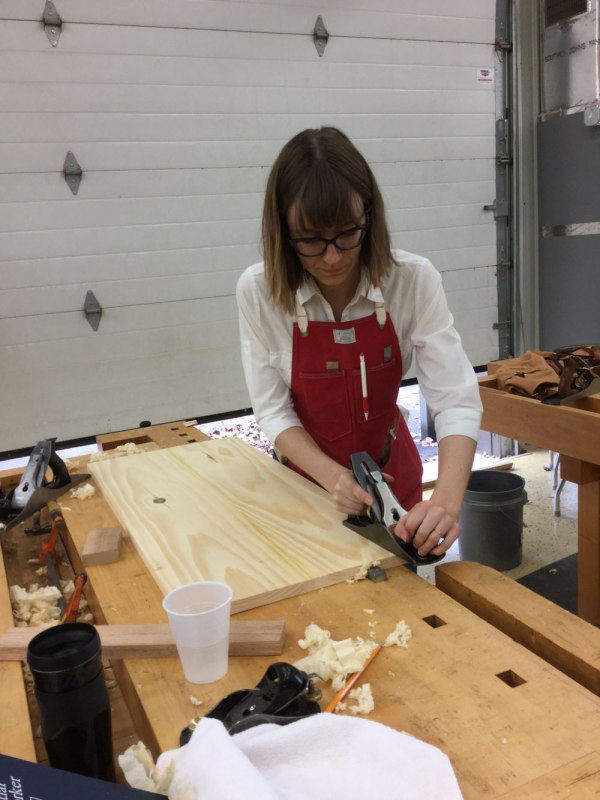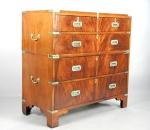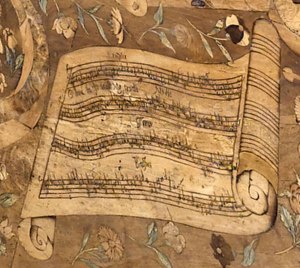Screwdrivers –
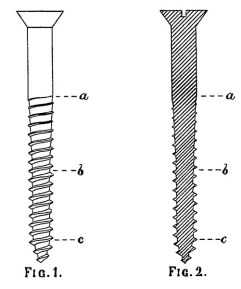 Archimedes is credited with the invention of the screw, but whether the famous geometrician’s labours extended much further than the enunciation of the scientific principles and the mechanical power of the screw, it is difficult to say. If he made a screw, he certainly must have tried its effect, and was probably well satisfied with its performance, for in the whole range of mechanical appliances in the constructive arts there is not a more useful article than the screw.
Archimedes is credited with the invention of the screw, but whether the famous geometrician’s labours extended much further than the enunciation of the scientific principles and the mechanical power of the screw, it is difficult to say. If he made a screw, he certainly must have tried its effect, and was probably well satisfied with its performance, for in the whole range of mechanical appliances in the constructive arts there is not a more useful article than the screw.
Archimedes is further reported to have said, “Give me a prop, a position, and a lever strong enough, and I will move the world,” and, no doubt, if these conditions could be granted to him, he, as well as others after him, could lift the earth, or aught upon the earth, by a combination of the tremendous lifting and driving powers exercised by a series of screws, apart from the lever.
Screws are various, and of various sizes, forms, and materials, but the same principle runs through them all, whether they be manufactured for use in metal or woodwork, or for exerting a lifting, driving, or pressing power separately. Our object here is not to treat of screw-cutting, but rather screw-driving in woodwork, and to throw out some useful hints to the building constituency, and particularly workmen.
The use and abuse of screws is a matter of importance to architects, builders, and their clients, for it is according to the way screws may be applied in several building and kindred operations that good or bad workmanship will be evidenced.
(more…)
